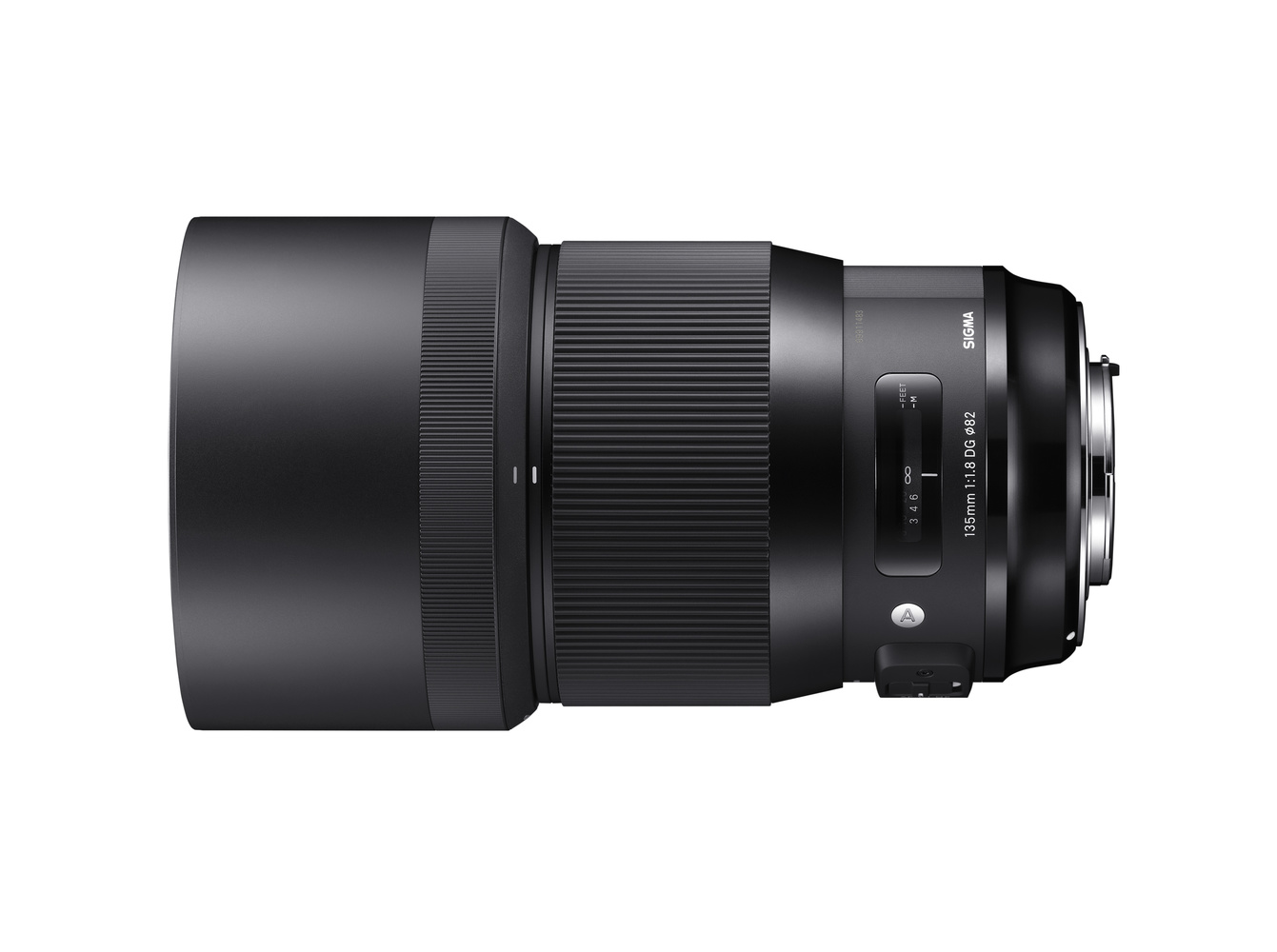Today is the day that Sigma fills out its Art-series lens lineup to offer what could easily be considered everything you'd really need since its most recent release of the 85mm f/1.4 Art. Four new full-frame lenses cover the gamut from an ultra-wide, ultra-fast 14mm f/1.8 Art, a similarly fast 135mm f/1.8 Art portrait lens, to the wedding photographer's favorite 24-70mm f/2.8 Art and sports shooter's 100-400mm f/5-6.3 Contemporary "compact" super-zoom. If you've been waiting for that next Sigma lens, odds are it's one of these.
The 14mm f/1.8 DG HSM Art features the "largest glass mold (80mm) in the industry," contributing to less flare, ghosting, and distortion. Edge-to-edge sharpness and great chromatic aberration control is also promised, which gives hope to astrophotographers that have been waiting quite some time for a high-end, fast, ultra-wide lens such as this.
Sigma's 135mm f/1.8 DG HSM Art features a new focus motor that promises increased torque and overall performance with the addition of a focus limiter to optimize the experience in various situations.
The 24-70mm f/2.8 DG HSM OS Art is built with a metal barrel for durability and composite internal materials for less variation in thermal expansion and contraction. The lens' design also incorporates a new optical stabilization (OS) system as well as a thicker center glass design that Sigma says helps provide amazing bokeh.
Finally, the dust- and splash-proof Sigma 100-400mm f/5-6.3 DG HSM OS Contemporary features a push/pull zoom function in addition to a standard twist-zoom design. A macro feature offers up to a 1:3.8 reproduction ratio. (UPDATE: the standard twist-zoom function is the main method of zoom, but for those in a hurry for a quick adjustment, a push/pull mechanism is also incorporated).
All four lenses are compatible with Sigma's MC-11 Sony E-Mount converter and will be available in Nikon, Canon, and Sigma mounts. Another feature of note is that all of the Nikon-mount versions feature a new electromagnetic diaphragm – a feature that Nikon has been incorporating in its latest professional lenses with an "E" designation in order to improve exposure accuracy during high-frame-rate shooting by more accurately and quickly setting the aperture for each shot.
Sigma has yet to announce pricing or availability for all four lenses, but we'll have updates as soon as pre-orders go live.
All four lenses are made for full-frame sensors, so expect a 1.5x (Nikon) or 1.6x (Canon) crop factor if you'll be using these on your APS-C bodies. It won't be long before we know more about the quality of each lens (Sigma's 85mm f/1.4 Art rivals Zeiss' Otus), and we'll certainly have some reviews for you once the lenses become available.
Comparisons to watch out for would be between the Sigma 135mm f/1.8 and Nikon's still-new 105mm f/1.4G or Canon's; the Sigma 14mm f/1.8 and Nikon's now-ancient 14mm f/2.8, Canon's 14mm f/2.8, or Rokinon's 14mm f/2.8; the Sigma 24-70mm f/2.8 and the Nikon or Canon versions; or the Sigma 100-400mm f/5-6.3 and its Nikon and Canon equivalents.
Which lens are you looking most forward to trying out? Let us know in the comments!












Too bad that they do not make them with native Sony E mount, without need to buy an adapter.